The selection of right aluminium (Al) alloy is important to guarantee the longevity and success of your construction and industrial projects. 3003 and 5052 are two famous options but how do you choose between them?
This comprehensive guide will help you throughout the chemical composition, mechanical properties, corrosion resistance and use of both alloys. It also gives you the knowledge to make better decisions and increase the success of your project.
Chemical Composition
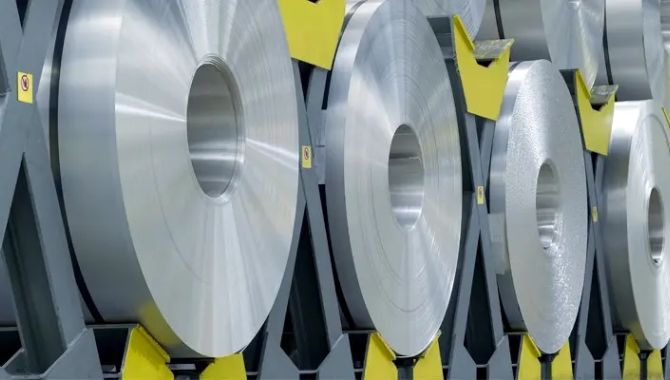
Let’s start by looking at what comprises these two aluminium alloys. The table below shows the main components in 3003 and 5052:
| Element | 3003 Aluminium(Al) | 5052 Aluminium (Al) |
|---|---|---|
| Aluminium | 96.7-99% | 95.7-97.7% |
| Manganese | 1.0-1.5% | 0.1% max |
| Magnesium | 0.05% max | 2.2-2.8% |
| Silicon | 0.6% max | 0.25% max |
| Iron | 0.7% max | 0.4% max |
| Copper | 0.05-0.20% | 0.1% max |
| Chromium | 0.1% max | 0.15-0.35% |
| Zinc | 0.1% max | 0.1% max |
The main difference in their alloying elements is that 3003 Al mainly uses manganese while 5052 relies on magnesium. This greatly influences their individual uses and properties.
Impact of Composition
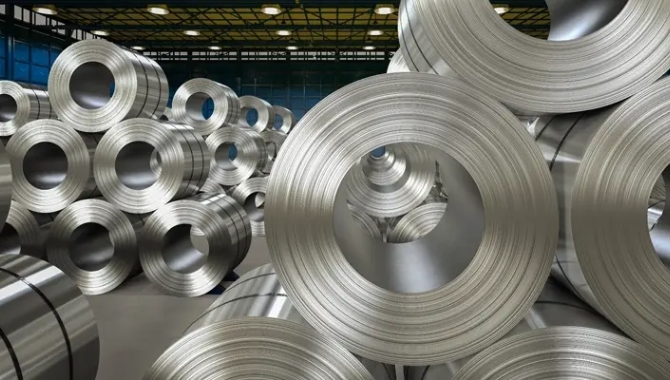
Now that we have seen what’s in these alloys, let’s explore how these components influence their performance:
Influence on Strength
5052 has higher strength than 3003 because of more magnesium. Magnesium atoms produce solid solution strengthening which inhibits dislocation movement within the aluminium structure. So 5052 has great yield and tensile strengths compared to 3003.
Effect on Corrosion Resistance
While both alloys resist corrosion well, 5052 is great in this area. Its magnesium content forms a more stable oxide layer on the surface which delivers better defense against corrosive settings. This makes 5052 perfect for marine uses where saltwater contact is a concern.
Workability Considerations
3003’s manganese content increases its workability without largely compromising strength. This lets easier shaping and forming operations. In contrast, 5052’s higher magnesium levels increase its strength but slightly decrease formability compared to 3003.
Mechanical Properties
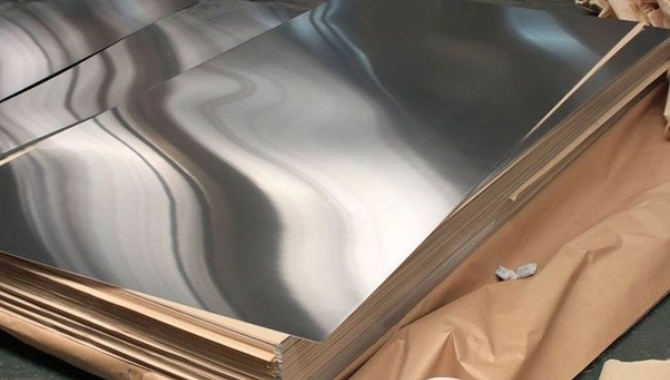
With the basics of composition covered, let’s talk about how these alloys function. We’ll check out their mechanical strengths and flaws.
Strength and Hardness
When it comes to sturdiness, 5052 stands out. Its great strength is evident in many different important measurements. That’s why it is usually chosen for jobs needing extra muscle:
Tensile Strength
With an ultimate tensile strength range of 190-320 MPa, 5052 beats 3003’s 110-240 MPa. This edge makes 5052 perfect for car parts and pressure vessels where resisting tension-induced breaks is very important.
Yield Strength
5052’s yield strength (75-280 MPa) surpasses 3003 (40-210 MPa). Structural uses like industrial gear and building exteriors particularly benefit from this because it prevents permanent deformation under stress.
Fatigue Strength
The fatigue strength of 5052 is 66-140 MPa which is better than 3003’s 39-90 MPa. This trait proves perfect for parts exposed to cyclic stress, like marine machinery and aircraft parts.
Hardness
5052 has higher Brinell hardness (60 HB) than 3003 (40 HB). This increased hardness increases wear resistance and makes 5052 good for medical devices and food service items where surface durability matters.
Elongation and Ductility
3003 is great at ductility, with an elongation of 14-25%. This makes it suitable for applications needing major deformation without breaking. For example, chemical machinery and food packaging. While 5052 aluminium has a slightly lower elongation (12-25%), it still has good ductility.
This balance of formability and strength makes 5052 useful for aircraft parts and marine uses. Both alloys have impressive malleability but 3003’s superior stretch gives it an advantage for deep-drawing work.
Corrosion Resistance Comparison
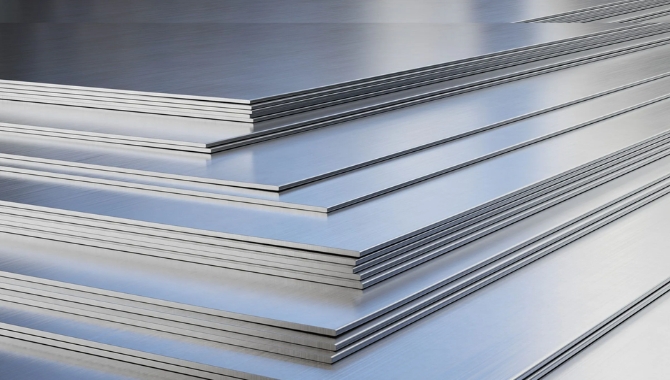
The strength of these alloys is great, but how do these alloys resist wear and rust? Let’s compare how 3003 and 5052 handle different corrosive situations:
Acidic Conditions
The performance difference decreases in acidic environments. When exposed to pH 4 solutions, 5052 aluminium maintains a corrosion rate of about 0.2 mm/year. Under similar conditions, 3003 aluminium shows a slightly higher rate of 0.25 mm/year.
Marine Environments
5052 shows superior saltwater corrosion protection over 3003. Its higher magnesium gives a more stable oxide layer which causes a corrosion rate of about 0.1 mm/year in seawater. By contrast, 3003 aluminium corrodes faster at around 0.3 mm/year in similar situations.
Industrial Atmospheres
Both alloys completely resist industrial pollutants but 5052 has a slight edge. In usual atmosphere, 5052 corrodes at 0.05 mm/year while 3003 shows a rate of 0.08 mm/year.
Formability and Workability
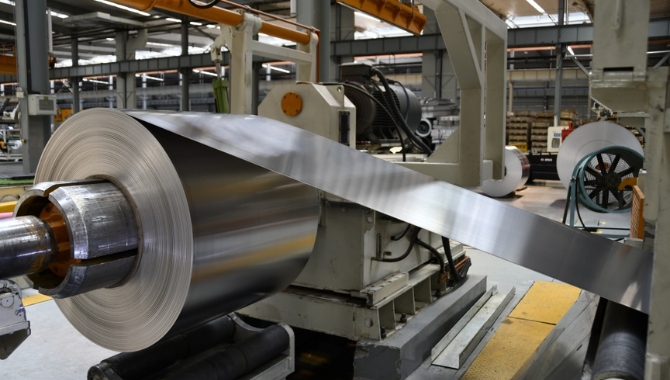
Next, we’ll look at how easy it is to form and shape these alloys. This can greatly impact manufacturing.
Weldability
Joining aluminium alloys by welding is important for many manufacturing processes. 3003 and 5052 both have great weldability with some differences.
3003 aluminium’s simpler compositions permit for more flexible welding settings. This makes it perfect for food machinery and HVAC ductwork.
While still weldable, 5052 aluminium needs more accurate control due to higher magnesium content. This alloy is great in marine uses where weld strength is important. For best results with these alloys, use a 4043 filler rod when welding these alloys to other series.
Thermal Conductivity
Heat transfer capabilities have an important role in choosing materials for different types of usage. With a thermal conductivity of 180 W/m-K, 3003 aluminium outperforms 5052 aluminium’s 140 W/m-K thermal conductivity. This makes 3003 perfect for HVAC, radiators, cooling systems, heat exchangers and refrigeration.
Its higher thermal diffusivity of 71 mm2/s compared to 5052’s 57 mm2/s means faster heat dissipation. Products that need good temperature control like car parts or electronic enclosures benefit from 3003 aluminium’s better thermal traits.
Applications
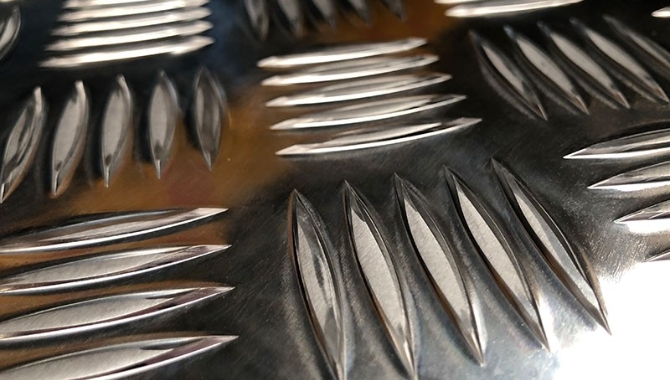
Theory is one thing, but where are these alloys actually used? Let’s check out some real examples of 3003 and 5052 at work.
Common Uses for 3003 Al
3003 fits applications that need great formability and moderate strength. Its 180 W/m-K thermal conductivity makes it perfect for HVAC ductwork which guarantees proficient heat transfer. Food machinery benefits from its corrosion resistance, 0.08 mm/year, in industrial settings.
Heat exchangers use 3003’s 71 mm2/s thermal diffusivity for quick heat dissipation. Siding and roofing applications take advantage of its 40-210 MPa yield strength to withstand stresses.
Typical Applications for 5052 Al
5052 is great in demanding situations that need superior corrosion resistance and strength. Marine uses like boat docks and hulls benefit from its 0.1 mm/year seawater corrosion rate.
In chemical plants, pressure vessels depend on 5052’s 75-280 MPa yield strength to safely contain high-pressure fluids. Automotive parts rely on 5052’s 190-320 MPa tensile strength for structural firmness. Electronic enclosures also use its 66-140 MPa fatigue strength to withstand repeated stresses.
Cost Comparison
Let’s look at the monetary implications of picking 3003 or 5052 alloys. Budget issues usually impact material choices a lot.
3003 aluminium is a more budget option, with prices usually $2000 to $3000 per ton. This affordability makes it very appealing for large-scale projects. Where controlling costs is important, 5052 aluminium costs 15-20% more, mostly. This price jump comes from 5052’s better corrosion protection and strength.
Conclusion
In short, knowledge about the main differences between 3003 and 5052 alloys is very important to pick the right aluminium for your project. 3003 aluminium is great for thermal conductivity, formability and cost savings which makes it perfect for general use. On the other hand, 5052 aluminium has superior strength, weldability and corrosion resistance for demanding situations.
For precision machining and sheet metal work with 3003 and 5052 aluminium, KDM Fabrications is a company that you can trust. Contact KDM today to discuss how their services can perfectly meet your project needs.
FAQs
Which alloy is more cost-effective for large-scale industrial applications, 3003 or 5052?
ANS: 3003 is usually more cost-effective in industrial projects. Its usually costs 15% to 20% less than 5052. For example, 3003 aluminium sheet prices can differ from $2,100 to $2,500 per ton while 5052 can be 15% to 20% higher.
What are the primary alloying elements in 3003 and 5052 aluminium and how do they affect the properties of each alloy?
ANS: Manganese is the main alloying element in 3003 and magnesium is for 5052. Manganese gives 3003 decent strength extension and good workability for forming. And magnesium gives 5052 slightly increased corrosion resistance and more strength, particularly for marine uses.
What challenges might arise when welding 5052 aluminium compared to 3003, and how can they be addressed?
ANS: Welding 5052 has some extra challenges:
- It needs accurate heat control to prevent distortion.
- It is sensitive to hot cracking from its magnesium.
- It is hard to shape due to its higher strength.
To deal with these problems, before starting, welders should preheat the metal. They should also use appropriate filler and TIG welding for better control.




